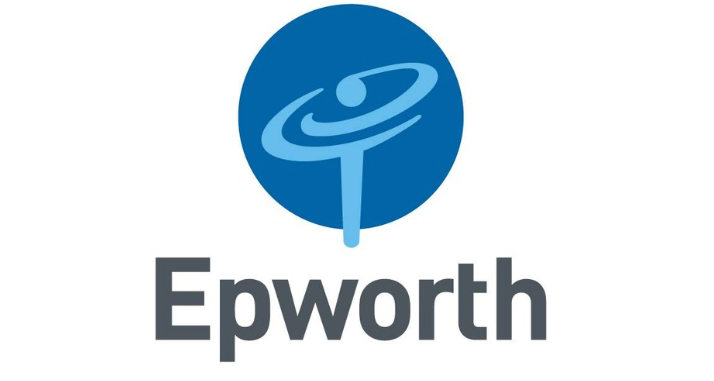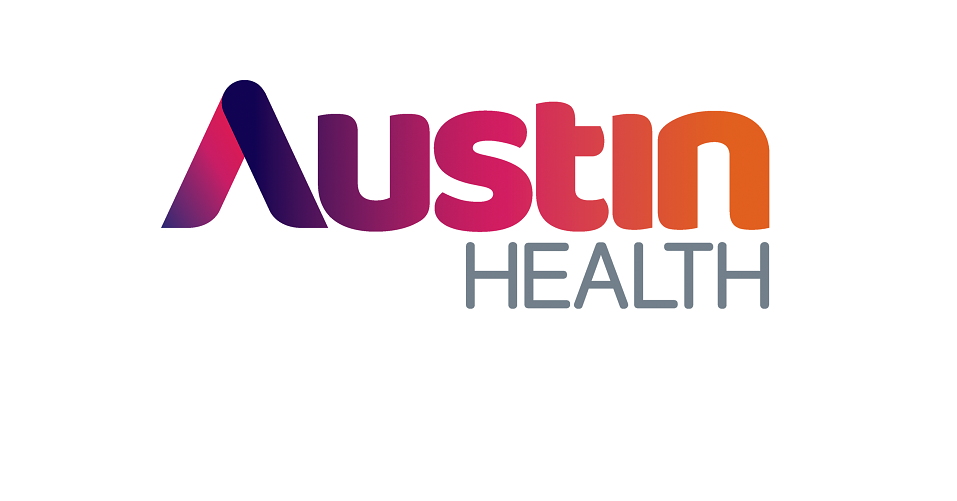Urolift
What is Urolift?
UroLift is a minimally invasive procedure used to treat symptoms of benign prostatic hyperplasia (BPH), also known as enlarged prostate. The UroLift procedure offers a way to alleviate these symptoms without requiring major surgery or ongoing medication.
Who is Suitable for UroLift?
Only some patients with BPH are suitable for the UroLift procedure. However, generally, the following individuals may be considered suitable candidates for UroLift:
- Men with Mild to Moderate BPH Symptoms: UroLift is typically recommended for men with mild to moderate urinary symptoms caused by BPH. These symptoms may include frequent urination, urgency, weak urine stream, and nocturia (waking up at night to urinate).
- Men Seeking Minimally Invasive Treatment: UroLift is an attractive option for men who prefer a minimally invasive treatment with fewer risks and a shorter recovery time compared to traditional surgery.
- Men with Certain Health Conditions: UroLift may be suitable for men who are not good candidates for more invasive procedures due to underlying health conditions or who wish to avoid the potential side effects of medications commonly used to treat BPH.
- Men with Prostate Size Criteria: While UroLift can be effective for prostates of various sizes, it may be most suitable for men with prostate glands that are not excessively large. Your urologist will assess the size and shape of your prostate to determine if you are a good candidate for the procedure.
- Men Seeking Rapid Symptom Relief: UroLift offers rapid relief of urinary symptoms, with many patients experiencing improvement within days to weeks after the procedure.
- Men Concerned About Sexual Function: Unlike traditional prostate surgeries, UroLift is less likely to cause ejaculation, making it an attractive option for men concerned about preserving fertility.
Benefits of UroLift for Enlarged Prostate
- Minimally Invasive: UroLift is a minimally invasive procedure that does not involve the removal of prostate tissue, resulting in less trauma to surrounding structures and a faster recovery compared to traditional surgery.
- Rapid Symptom Relief: Many patients experience rapid improvement in urinary symptoms within days to weeks after the UroLift procedure, allowing for a quick return to normal activities.
- Preservation of Sexual Function: Unlike traditional prostate surgeries, UroLift is less likely to cause sexual side effects such as retrograde ejaculation, preserving sexual function in many patients.
- Outpatient Procedure: UroLift is typically performed as a day procedure, allowing patients to go home the same day and avoid an overnight hospital stay.
- Reduced Need for Medications: UroLift can reduce or eliminate the need for medications commonly used to treat BPH, such as alpha-blockers or 5-alpha reductase inhibitors.
- Minimal Risk of Complications: UroLift has a low risk of complications compared to traditional prostate surgeries, with fewer incidences of urinary incontinence, bleeding, and infection.
- Long-term Durability: Clinical studies have shown that UroLift's benefits are durable, with many patients experiencing sustained symptom relief for several years after the procedure.
- Suitable for Various Prostate Sizes: UroLift can be effective for prostates of various sizes, making it a versatile treatment option for a wide range of patients with BPH.
Alternative Options to UroLift
While UroLift is an effective treatment option for many men with enlarged prostate, several alternative treatments are available, including:
- Medications
- Transurethral Resection of the Prostate (TURP)
- Holmium Laser Enucleation of the Prostate (HoLEP)
- Greenlight laser prostatectomy (GLLP)
- Water Vapour Thermal Therapy (Rezum)
UroLift Treatment for Benign Prostatic Hyperplasia
UroLift involves inserting small implants into the prostate gland to lift and hold the enlarged tissue out of the way, thereby opening up the urethra and relieving urinary symptoms. It is typically performed as a day procedure under local or general anaesthesia and does not require any surgical removal of prostate tissue. The implants are made of a special material called nitinol, which is flexible and durable.
Enlarged Prostate slows or blocks urine flow.
The delivery device is placed into the urethra.
Small implants used to hold the urethra open
Device is removed, leaving permanent implants in place
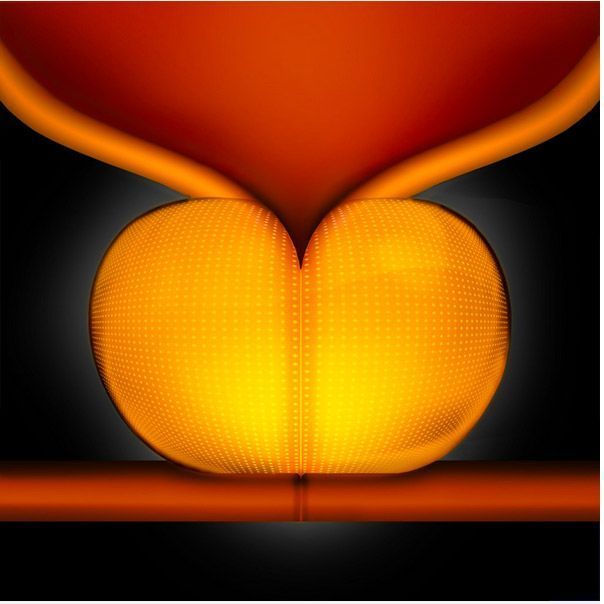
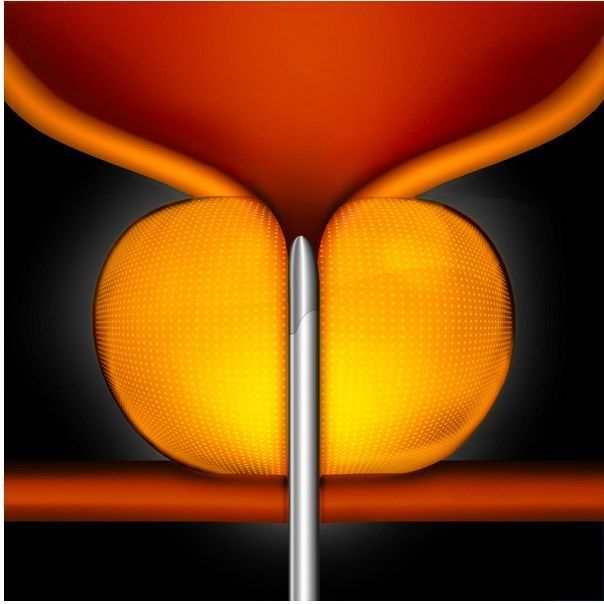
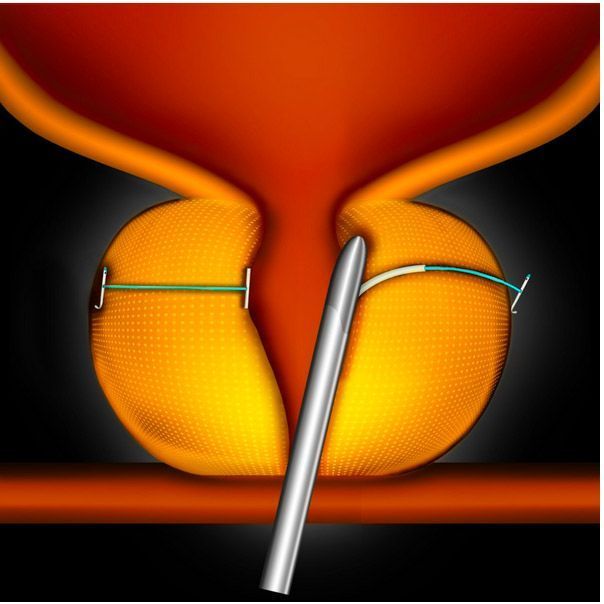
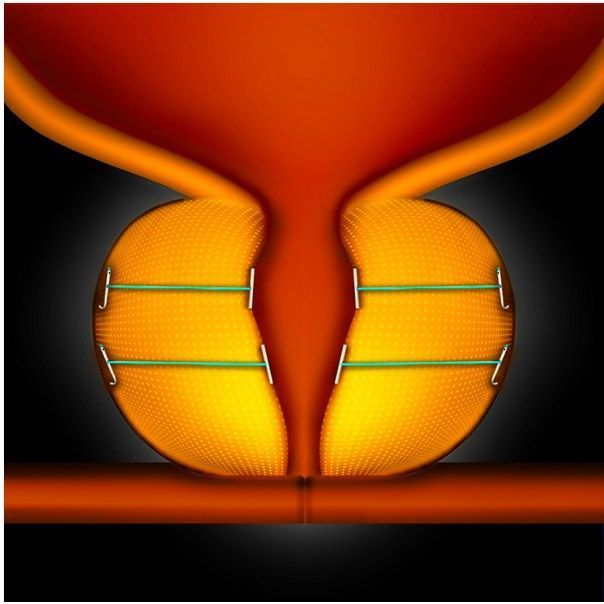
Preparation Before a UroLift Procedure
- Consultation with Urologist: Schedule a consultation with a qualified urologist to discuss your symptoms, medical history, and treatment options for an enlarged prostate. During the consultation, your urologist will assess whether you are a suitable candidate for UroLift and provide information about the procedure, risks, and benefits.
- Medical Evaluation: Undergo a thorough medical evaluation, which may include a physical examination, urine tests, blood tests, and imaging studies such as ultrasound or MRI to assess the size and shape of your prostate gland.
- Review Medications: Inform your urologist about medications you are currently taking, including prescription medications, over-the-counter medications, and supplements. Some medications may need to be adjusted or temporarily discontinued before the UroLift procedure to reduce the risk of complications.
- Pre-Procedure Instructions: Follow any pre-procedure instructions provided by your urologist, which may include fasting for a certain period before the procedure, avoiding certain medications such as blood thinners, and arranging transportation to and from the medical facility on the day of the procedure.
- Arrange Support: If needed, arrange for someone to accompany you to the medical facility on the day of the procedure and provide support during your recovery period.
UroLift Procedure for BPH
- Anaesthesia: You will be given sedation or general anaesthesia to ensure you are comfortable and pain-free during the procedure.
- Insertion of Implants: Using a cystoscope (a thin tube with a camera), the urologist guides the delivery device into the urethra and positions the implants in the prostate tissue.
- Deployment of Implants: Once in position, the implants are deployed to secure the enlarged prostate tissue and hold it in place, creating a wider opening in the urethra.
- Completion: After ensuring the implants are properly placed, the delivery device is removed, and the procedure is complete. The entire procedure typically takes less than 30 minutes to perform.
UroLift Procedure Recovery Plan
- Immediate Post-Procedure Care: After the procedure, you will be monitored in a recovery area until the effects of anaesthesia wear off. You may experience some discomfort or urinary symptoms immediately after the procedure, but these can usually be managed with pain medication and other supportive measures.
- Activity Restrictions: Your urologist may recommend avoiding strenuous activities, heavy lifting, and sexual activity for a certain period after the procedure to allow the prostate tissue to heal properly.
- Follow-Up Appointments: Schedule follow-up appointments with your urologist to monitor your recovery progress and assess the effectiveness of the UroLift procedure. Your urologist may perform additional tests, such as urine flow studies or imaging studies, to evaluate your urinary function and prostate size.
- Medication Management: Continue taking any prescribed medications as directed by your urologist, and notify them if you experience any new or worsening symptoms after the procedure.
- Long-Term Management: Follow your urologist's recommendations for long-term management of your enlarged prostate, which may include lifestyle modifications, dietary changes, and regular follow-up appointments to monitor your condition and adjust your treatment plan as needed.
UroLift Prognosis
Urolift has been shown to significantly improve urinary symptoms and quality of life, with most patients experiencing rapid relief and long-term durability of symptom improvement. Clinical studies have demonstrated that the benefits of UroLift are sustained for several years after the procedure, with low retreatment rates and high patient satisfaction.
UroLift Risks
Some of the risks associated with UroLift include:
Urinary Symptoms: Some patients may experience temporary urinary symptoms such as
- urgency,
- frequency,
- burning sensation or
- difficulty urinating immediately after the procedure.
As the prostate tissue heals, these symptoms usually improve within a few days to weeks.
Other less common post-procedure risks include:
- Urinary Tract Infection (UTI)
- Hematuria
- Retention of Urine
- Pain or Discomfort
- Implant Migration or Displacement
- Incomplete Symptom Relief
